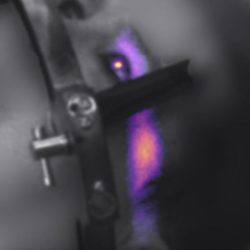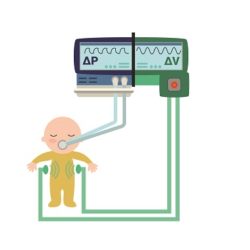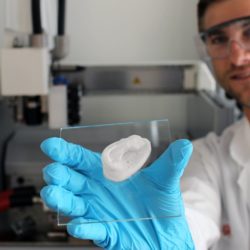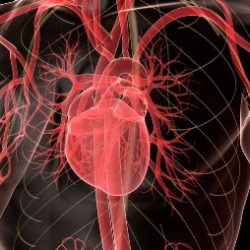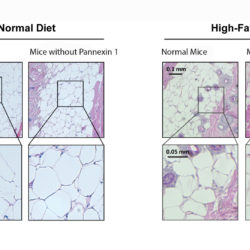Categorie: Medical Devices
Un nou senzor inovator care urmareste sa ofere o modalitate mai blanda de a administra respiratia artificiala
În secțiile de terapie intensivă, respirația artificială este adesea folosită ca ultimă soluție pentru a salva viața unui pacient. Din păcate, cu toate acestea, aceasta aduce riscul de leziuni pulmonare acute sau cronice, în special dacă ventilatorul lucrează împotriva impulsului respirator al pacientului. Prin urmare, cercetătorii de la Grupul de proiecte Fraunhofer pentru automatizare în Citește mai mult despreUn nou senzor inovator care urmareste sa ofere o modalitate mai blanda de a administra respiratia artificiala[…]
Utilizarea membranelor auxetice pentru regenerarea tesutului uman lezat
Un material care se îngroașă când tragi de el pare să contrazică legile fizicii. Cu toate acestea, așa-numitul efect auxetic, care apare și în natură, este interesant pentru o serie de aplicații. Un nou studiu EMPA publicat recent în „Nature Communications” arată cum poate fi îmbunătățit acest comportament uimitor și chiar folosit pentru a trata Citește mai mult despreUtilizarea membranelor auxetice pentru regenerarea tesutului uman lezat[…]
Bioplotter for novel implants
Cellulose obtained from wood has amazing material properties. Empa researchers are now equipping the biodegradable material with additional functionalities to produce implants for cartilage diseases using 3D printing. It all starts with an ear. Empa researcher Michael Hausmann removes the object shaped like a human ear from the 3D printer and explains: «In viscous state Citește mai mult despreBioplotter for novel implants[…]
Producing vaccines without the use of chemicals
Producing vaccines is a tricky task – especially in the case of inactivated vaccines, in which pathogens must be killed without altering their structure. Until now, this task has generally involved the use of toxic chemicals. Now, however, an innovative new technology developed by Fraunhofer researchers – the first solution of its kind – will Citește mai mult despreProducing vaccines without the use of chemicals[…]
Study identifies three simple ‘clinical risks’ and two biomarkers that could be used to screen patients with irregular heart rhythm
Researchers at the University of Birmingham have found two biomarkers that could be used to identify a heart condition known as atrial fibrillation in patients who have three ‘clinical risks’. Atrial fibrillation is the most common heart rhythm disturbance, affecting around 1.6 million people in the UK. Those with atrial fibrillation may be aware of Citește mai mult despreStudy identifies three simple ‘clinical risks’ and two biomarkers that could be used to screen patients with irregular heart rhythm[…]



